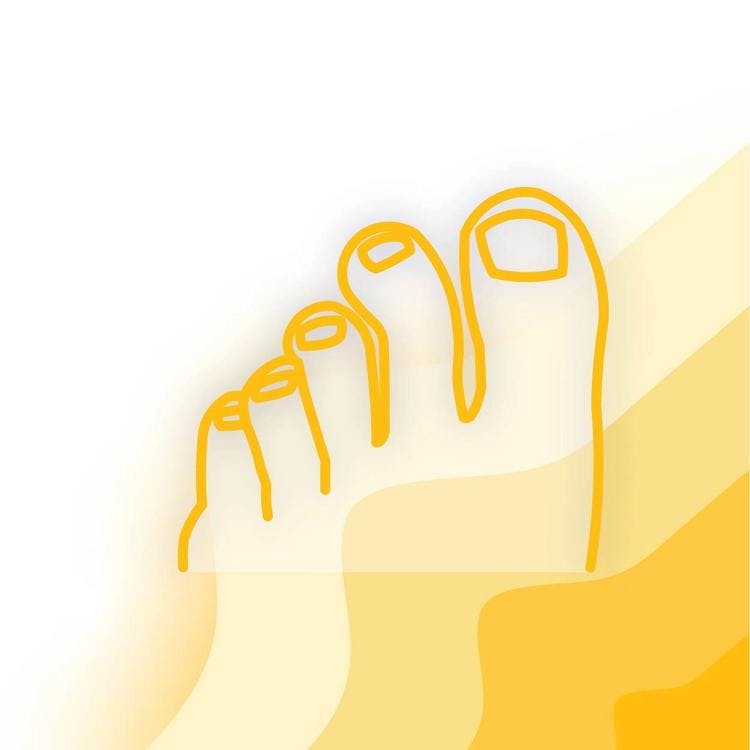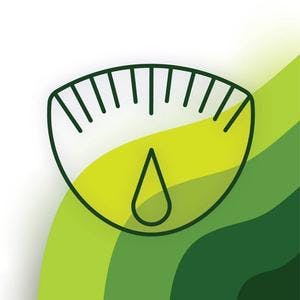What is Gout?
Gout is a type of arthritis that happens when there is too much uric acid in the body. Uric acid is formed when the body breaks down certain foods such as red meat, seafood and alcohol. Sometimes your body has too much uric acid and it starts to form into crystals. These crystals get trapped in the space between your joints. The body’s immune system (your fighting cells) start to attack these crystals and cause a lot of pain and swelling in your joints.
What causes Gout?
Gout is caused by a disorder in the breakdown of purines. We get purines from the foods we eat. Normally they are passed out of the body in urine as uric acid. When there is excess uric acid in the body, the uric acid crystals can collect in joints causing gout.
What are the risk factors for Gout?
Defective excretion of uric acid
This occurs when the body cannot get rid of uric acid well. This can be seen in patients with kidney disease, patients on diuretics (“water tablets”), heart disease, obesity and diabetes.
Overproduction of uric acid
This can be seen in patients with blood conditions such as lymphoma, leukaemia, haemolytic anaemia and certain cancers.
Having a diet high in purines (which the body breaks down into uric acid)
These foods include:
- red meat
- sea food
- alcohol
- Organ meat (e.g. livers)
Other risk factors include:
- Being male
- Obesity
- Having certain health conditions, including:
- Congestive heart failure
- Hypertension (high blood pressure)
- Insulin resistance
- Metabolic syndrome
- Diabetes
- Poor kidney function
What are the symptoms of Gout?
Gout is not like the other types of arthritis because:
- It can occur within 24 hours
- It can affect one joint at a time
- There are times when symptoms get worse, known as flares, and times when there are no symptoms, known as remission
Symptoms of gout include:
- Intense pain of the affected joint
- Redness (inflammation)
- Swelling
Joint commonly affected by Gout:
- Big toe
- Ankles
- Midfoot
- Knees
How is Gout diagnosed?
You should visit a doctor for any kind of joint pain. The doctor will perform a physical examination of the joints.
In addition to the physical examination, gout is diagnosed using:
- An X-ray of the affected joint/s
- A sample of fluid removed from the affected joint to look for the crystals of uric acid
Gout can only be diagnosed when the joint is hot, red and swollen.
How is Gout treated?
There is no cure for gout but it can be effectively treated with medication and lifestyle modifications.
Gout is treated medically and by lifestyle changes.
- To reduce pain and inflammation, Anti-inflammatory medications (e.g. ibuprofen) are used
- Prevention of recurrent attacks by daily use of prophylactic medication (e.g. colchicine)
- Lowering uric acid in the blood by limiting alcohol use and foods rich in purines and by medication (e.g. allopurinol)
How to manage my Gout?
Lifestyle modification has been shown to improve the quality of life of people affected by gout
- Eating a health diet that is low in purine-rich foods
- Decrease alcohol consumption
- Get physically active, which will help with weight loss and also reduce the risk of developing other chronic illnesses. Low impact activities such as walking, swimming, and cycling is recommended to protect your joints from injury
Join self-management education groups to learn more about the condition and how to better take care of yourself.



